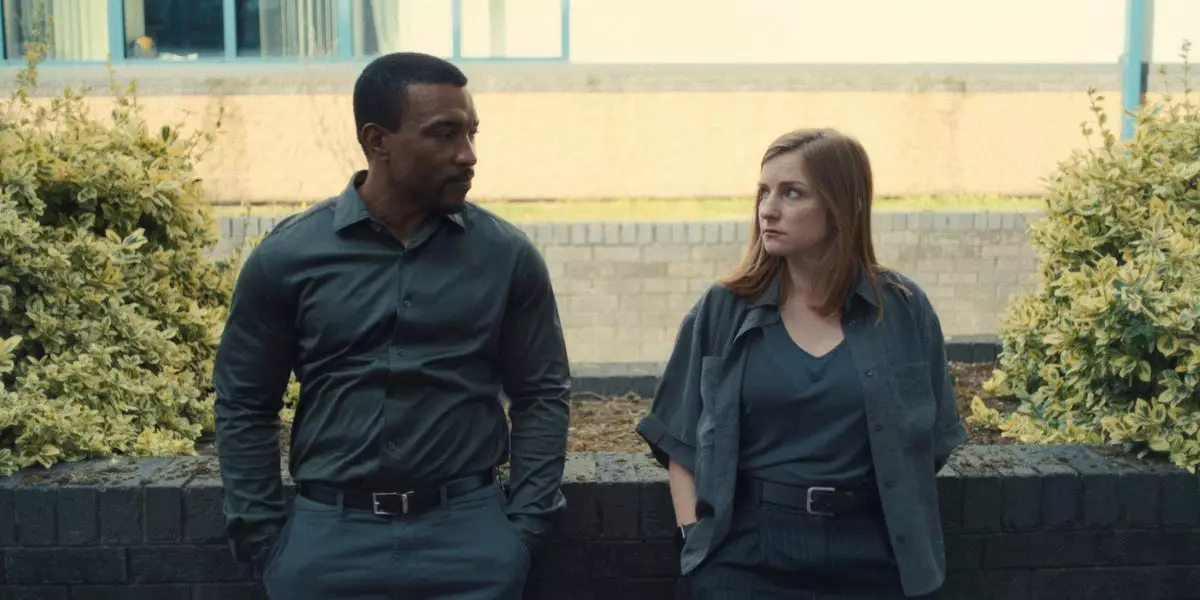In the competitive landscape of streaming television, Netflix’s “Adolescence” has managed to ignite discussions among viewers, particularly due to the riveting second episode that concluded with a game-changing revelation. The episode, heralded as a triumph, showcases not just the narrative but also the intricate artistic choices made behind the scenes. The pivotal moment where Eddie (played by co-creator Stephen Graham) lays flowers at the murder site encapsulates this brilliantly. However, it’s not solely the content that captivates audiences; it’s the meticulous attention to detail and creative risks that elevate the storytelling.
In an informative podcast episode of The Rest Is Entertainment, director Philip Barantini and Director of Photography Matt Lewis divulged fascinating insights about the production process. Their revelations highlight a crucial point in filmmaking: decisions are often influenced by collective input, and sometimes, a single suggestion can pivot the entire creative direction. A Netflix executive’s prompt for Eddie’s presence in the closing shot challenged the initial vision, showcasing the dynamic interplay between artistic integrity and external pressures in storytelling.
The High-Stakes Nature of Creative Choices
Lewis’s candid recollection of the production challenges provides a deeper understanding of the storytelling craft. With the narrative hanging in the balance, he described the anxiety surrounding the abrupt decision to utilize a drone for the final scene. This choice, while daunting, exemplifies the high-stakes nature of creative filmmaking. As he articulated, the intricate mechanics of controlling a drone in adverse weather conditions allowed the team to capture the emotional weight of the scene. The comparison to a leaf descending gives vivid imagery and emphasizes how nuanced the cinematographic approach was.
Moreover, the tension in the air during filming reminded viewers that storytelling is not just about what is shown on screen but how it is constructed. The alternative endings they considered—among them, a street-level shot or a fade-out—serve as a testament to the importance of presenting multifaceted narratives. Each version carries a unique weight and emotive resonance, making viewers ponder how different choices could dramatically alter the story’s perception. This exploration of narrative forks is critical as it encourages both creators and audiences to imagine beyond what is presented.
Pivotal Moments and Emotional Resonance
The raw emotion displayed by Lewis, who admitted to crying upon realizing they had successfully captured the critical shot, reveals the profound connection filmmakers have with their craft. It serves as a reminder that behind every screen is a passionate team striving for a shared vision. It’s not just about filming a scene; it’s about evoking emotions, revealing truths, and sparking conversations.
Ultimately, “Adolescence” exemplifies how creative risks can lead to unforgettable moments in television. The series’ ability to deftly navigate the balance between spontaneity and planned structure illustrates that successful storytelling often rests on the willingness to adapt and respond to creative challenges. As viewers, we must appreciate these behind-the-scenes efforts that enhance our viewing experience and deepen our connection to the narrative. In the world of television, it is such moments that transform mere stories into lasting impressions.

